Are Catamarans Safer than Monohulls? - Not Always
While many people believe that catamarans are inherently safer due to their stability and buoyancy, others believe that monohulls offer better handling in rough seas. The only way for us to find out the truth is to explore the safety aspects of both types of vessels, which we have outlined in this article.
While catamarans have a wider beam and two hulls that provide extra stability, they are not immune to capsizing in rough waters or strong winds. On the other hand, monohulls may heel over in strong winds, making them more prone to falling overboard, but they are generally better equipped to handle heavy seas.
Though less likely to occur, if a catamaran capsizes, it will remain upside down, which can be a potential danger to the crew. Let's see what measures boat manufacturers have come up with to counteract this potential risk from sailing catamarans.
Summary
- Although catamarans are deemed stable due to their two hulls balancing their weight, it doesn't guarantee that they will not capsize. The good thing nowadays is that modern catamarans are made to be more buoyant, unsinkable, and able to self-right.
- The size of catamarans will require more crew assistance, especially when docking in tight spaces.
- In a catamaran, the crews tend to feel less fatigued and disoriented because they have more space to move around and can see more visibly, as compared to a monohull with a cramped space.
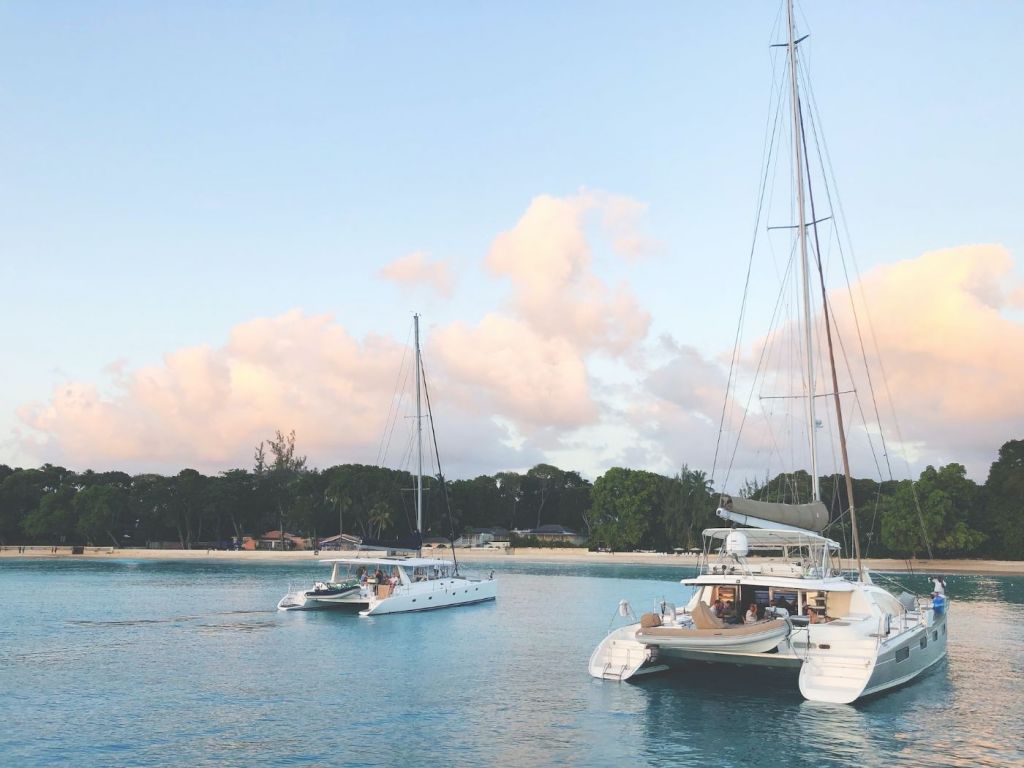
On this page:
Safety Comparison Between Catamaran and Monohull
Let's take a look at the specific safety features of each type of boat to determine which one is right for you. Below is a table summarizing the different safety measures you need to keep in mind for each type of vessel:
| Safety Comparison | Catamaran | Monohull |
|---|---|---|
| Capsizing and buoyancy | Less likely to capsize due to wide beam and two hulls | Deeper draft and keel provide ballast, making them less likely to capsize |
| Weather and rough waters | Less likely to heel over in strong winds | Better suited for sailing in rough waters and heavy weather |
| Crew fatigue and disorientation | More space and better visibility; |
Easier to maneuver in tight spaces but may be more cramped and have less visibility, increasing crew fatigue and disorientation |
Catamaran vs. monohull in terms of capsizing and buoyancy
One of the biggest concerns when it comes to boating safety is the risk of capsizing. While catamarans are less likely to capsize than monohulls due to their wide beam and two hulls, once it does capsize, they will remain upside down. This can be dangerous for crew members who may become trapped inside the boat.
But while it's true that it will remain upside down, most modern catamarans are now designed to be unsinkable. They are built with buoyancy chambers that provide enough buoyancy to keep the boat afloat even if it's completely filled with water. Additionally, they are now made to be self-righting, which means that they will automatically flip back over if they do happen to capsize.
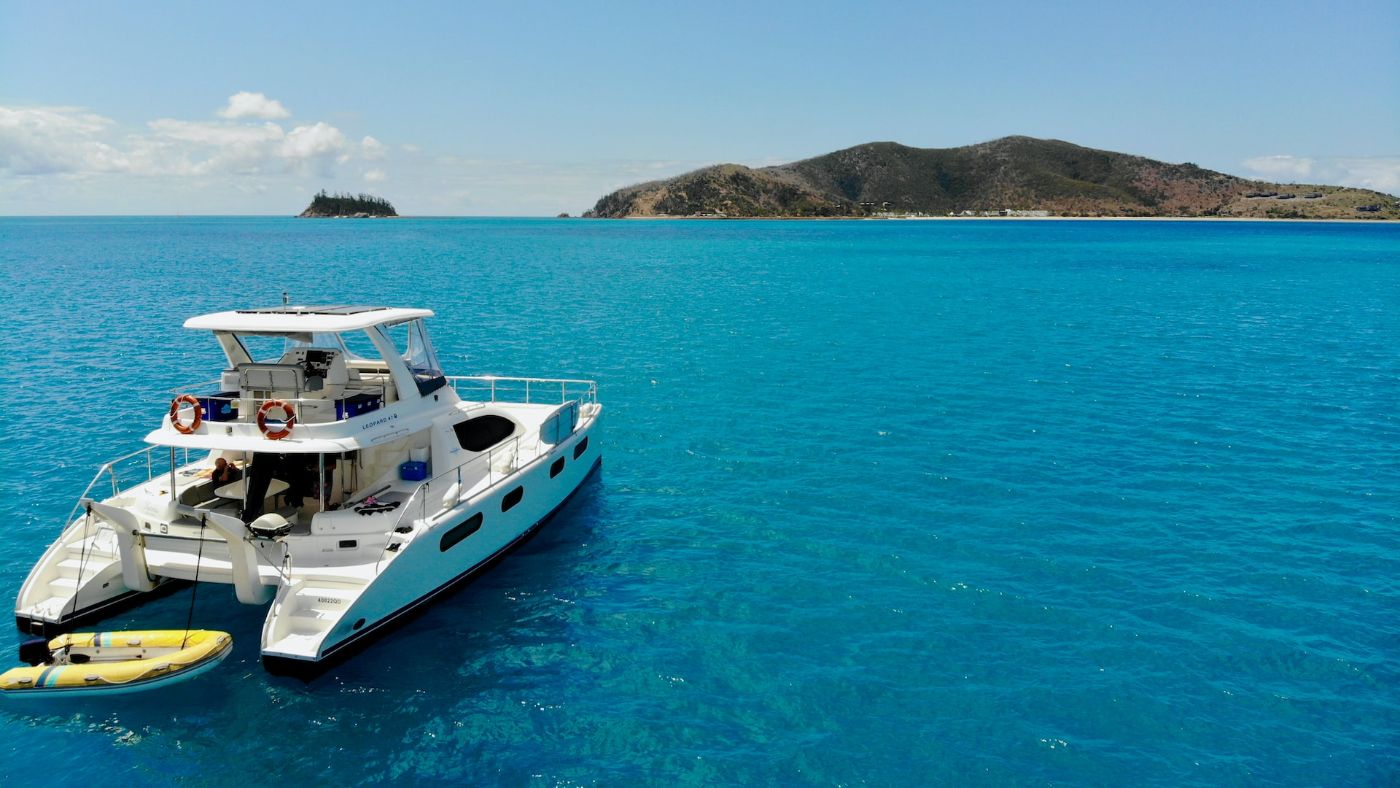
On the other hand, monohulls have a deeper draft, which can make them more stable in rough waters. They also have a keel that provides ballast, making them less likely to capsize.
Catamaran vs. monohull in the midst of bad weather and rough waters
Catamarans are less likely to heel over in strong winds, which can reduce the risk of falling overboard. This is because the two hulls work together to distribute the weight of the boat evenly, which helps to keep the boat stable in rough conditions. However, they may be more susceptible to damage from waves and rough waters.
Monohulls, on the other hand, are better suited for sailing in rough waters and heavy weather. Their deeper draft and keel provide more stability, making them less likely to be damaged by waves.
Crew fatigue and disorientation caused by sailing catamarans and monohulls
Crew fatigue and disorientation can be a safety concern on any boat. Catamarans tend to have more space and better visibility, which can help reduce crew fatigue and disorientation. However, they may be more difficult to maneuver in tight spaces and require more crew members to operate.
Monohulls, on the other hand, may be easier to maneuver in tight spaces and require fewer crew members to operate. However, they may be more cramped and have less visibility, which can increase crew fatigue and disorientation.

Here are the pros and cons of catamarans to help you better decide.
Advantages of Sailing a Catamaran
1. They are more stable and balanced
Catamarans have two hulls, which means they are less likely to tip over or capsize than monohulls. This is especially important if you plan to sail in rough or choppy waters.
2. They have more space to give you comfort
They are also known for their spaciousness and comfort. Because they have two hulls, they typically have more living space than monohulls. This means you'll have more room to move around and relax, whether you're sailing solo or with a group.
3. They are faster and more efficient
Catamarans are generally faster than monohulls, especially in light winds. This means you'll be able to get where you're going faster and spend less time on the water.
4. They have a shallow draft that enables anchoring in shallow waters
Catamarans also have a shallow draft, which means they can anchor in shallower waters. This gives you more options when it comes to finding a place to anchor and explore. They are also more stable when anchored, making them a great choice for overnight stays.
Disadvantages of Sailing a Catamaran
1. They can be difficult to dock in tight spaces
Catamarans are generally wider than monohulls, which can make them more difficult to dock in tight spaces or in marinas with narrow slips. Their size can also make them more difficult to transport overland or to store in a dry dock or on a trailer. A perfect size of a catamaran for sailing can be found in this article.

2. They can be difficult to maneuver and become slower when sailing upwind
Catamarans can be more difficult to maneuver in tight spaces or in high winds due to their wide beam, which can make them less responsive to the helm. They also have a tendency to sail slower upwind compared to monohulls, which can be a disadvantage if you frequently sail in areas with prevailing winds coming from the direction you want to go.
After seeing some of the disadvantages of a catamaran, perhaps you'll take a double look at monohulls. To know if you'd feel safer sailing them, here are some of their advantages and disadvantages.
Advantages of Sailing a Monohull
Let's take a look at some of the key areas where monohulls outshine their twin-hulled counterparts.
1. They can give that heeling and sailing experience
Monohulls heel over when they sail, which can be a thrilling experience for sailors. It's a feeling of being one with the boat and the water, and it's something that many sailors love. On the other hand, catamarans do not heel over, which can make the sailing experience less exciting for some.
2. They can navigate the wind better even in rough waters
Monohulls are at an advantage when it comes to sailing upwind. They can generally sail closer to the wind than catamarans. They are also more maneuverable in rough seas due to their deeper keels, which provide better stability.
To know how to sail into the wind in 7 easy steps, you can try reading this article.
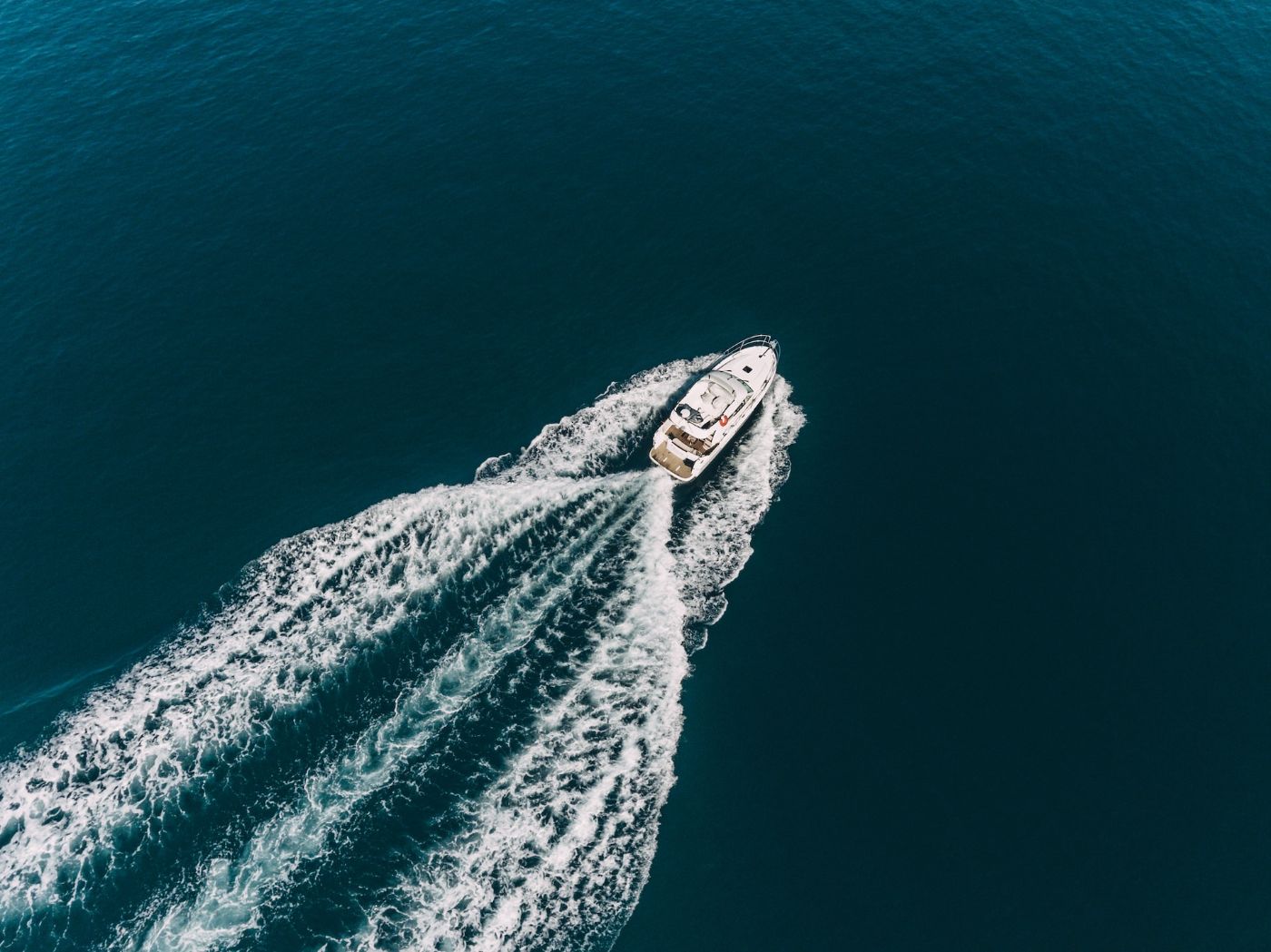
Disadvantages of Sailing a Monohull
Now, let's explore some of the drawbacks of monohulls in terms of space and comfort, stability and seaworthiness, and speed and performance.
1. They lack space and comfort
One of the main disadvantages of monohulls is their lack of space and comfort compared to catamarans. Monohulls typically have a narrower beam, which means less interior space and headroom.
This can make it more challenging to move around the boat and can be uncomfortable for extended periods of time. Additionally, monohulls tend to heel over more in rough seas, which can make it difficult to sleep or perform basic tasks.
2. They lack stability and seaworthiness
Another disadvantage of monohulls is their relative lack of stability and seaworthiness compared to catamarans. Monohulls have a single hull, which means they are more susceptible to rolling and capsizing in rough seas.
This can be particularly problematic for those prone to seasickness or for those who are new to sailing. They also tend to pitch more in head seas, which can be uncomfortable and even dangerous in extreme conditions.
3. They tend to be slower and less efficient
Monohulls have a deeper draft, which means they cannot sail as close to the wind as catamarans. They also tend to be more affected by loading than catamarans, which can impact their overall performance.
Did you find the answer to your specific question?
👍 0 👎 0

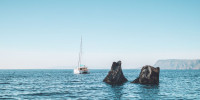

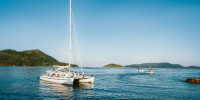
Leave a comment